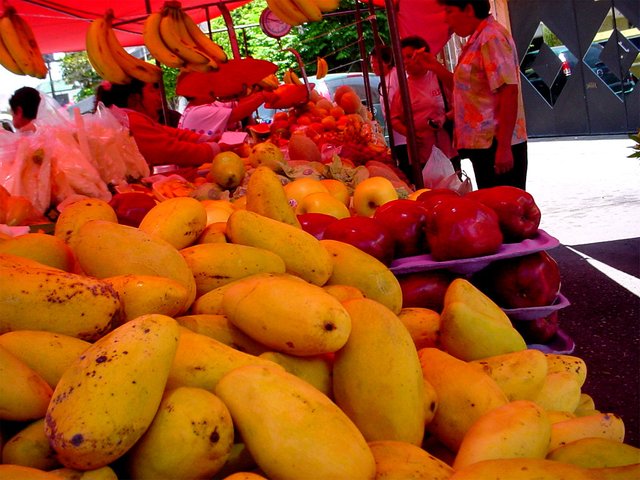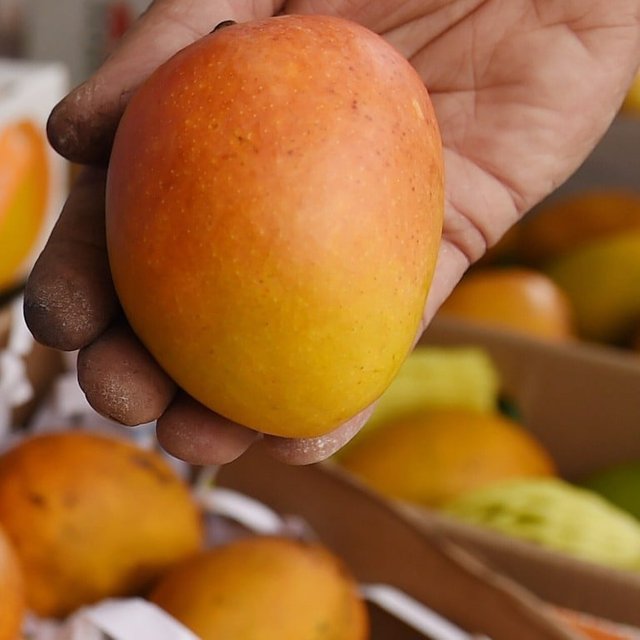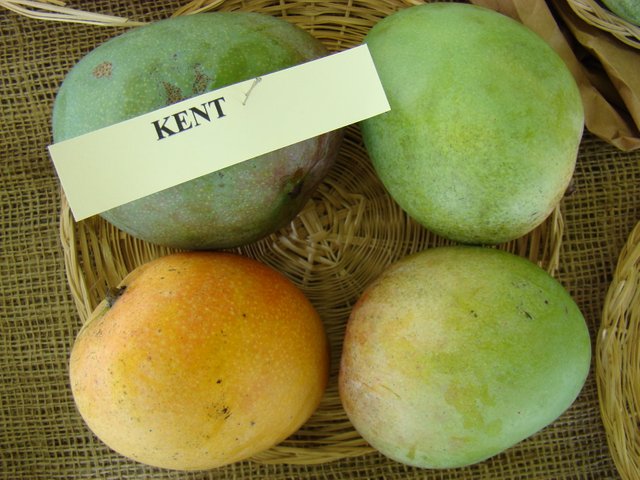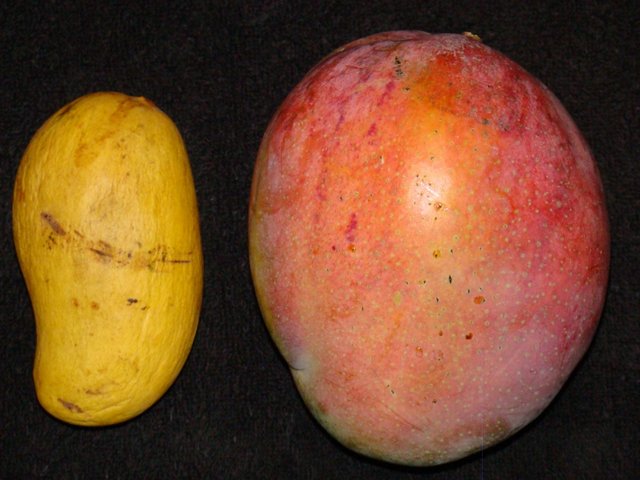
The Mango: A Tropical Delight
Introduction
Mangoes, often referred to as the "king of fruits," have captured the hearts and taste buds of people around the world. Originating from South Asia, these succulent fruits are known for their sweet flavor, rich nutritional profile, and versatile culinary uses. This essay delves into the history, cultivation, varieties, nutritional benefits, and cultural significance of mangoes, as well as their economic impact and future prospects.
Historical Background
The history of mangoes dates back over 4,000 years. Originating in the region encompassing modern-day India, Bangladesh, and Myanmar, mangoes have been cultivated and revered in South Asia for millennia. Ancient texts from India, such as the Vedas, describe mangoes as sacred fruits. The fruit's name is derived from the Tamil word "mankay" and the Portuguese term "manga," introduced by European traders in the 15th century.
Mangoes spread to other tropical and subtropical regions through trade and exploration. By the 10th century, Persian traders had introduced mangoes to the Middle East and East Africa. Portuguese explorers later brought the fruit to the Americas, particularly Brazil and the Caribbean, where it thrived in the favorable climate. Today, mangoes are grown in over 100 countries, with India remaining the largest producer.
Cultivation and Varieties
Mangoes thrive in tropical and subtropical climates, requiring warm temperatures and well-drained soil. The cultivation of mangoes involves several stages, including planting, flowering, fruiting, and harvesting. Mango trees are typically propagated through grafting to ensure the quality and consistency of the fruit.
There are hundreds of mango varieties, each with unique characteristics. Some of the most popular varieties include:
Alphonso (Hapus): Known for its rich, sweet flavor and vibrant color, Alphonso is often considered the finest variety and is highly prized in India.

Tommy Atkins: This variety is commonly found in supermarkets worldwide. It has a long shelf life and is resistant to diseases, making it ideal for export.
.jpeg)
Kent: Known for its juicy, fiberless flesh, Kent mangoes are popular in the United States and Europe.

Ataulfo (Honey or Champagne): Small and kidney-shaped, Ataulfo mangoes are sweet and creamy, originating from Mexico.

Nutritional Benefits
Mangoes are not only delicious but also packed with essential nutrients. A typical mango contains a variety of vitamins, minerals, and antioxidants that contribute to overall health. Key nutritional benefits include:
- Vitamin C: Mangoes are rich in vitamin C, which supports the immune system, aids in collagen formation, and acts as an antioxidant.
- Vitamin A: The fruit is a good source of vitamin A, promoting healthy vision, skin, and mucous membranes.
- Fiber: Mangoes provide dietary fiber, which aids digestion and helps prevent constipation.
- Antioxidants: Compounds like beta-carotene, quercetin, and mangiferin help combat oxidative stress and reduce the risk of chronic diseases.
Culinary Uses
Mangoes are incredibly versatile in the culinary world. They can be enjoyed fresh, dried, or incorporated into various dishes, both sweet and savory. Some popular uses include:
- Fresh Consumption: Ripe mangoes are often eaten fresh, either on their own or in fruit salads.
- Smoothies and Juices: Mangoes add natural sweetness and flavor to smoothies, juices, and shakes.
- Desserts: Mangoes are used in a variety of desserts, such as mango sorbet, mango lassi, and mango sticky rice.
- Savory Dishes: Unripe mangoes are used in chutneys, pickles, and salads, adding a tangy flavor. Ripe mangoes can be included in salsas, curries, and seafood dishes.
Cultural Significance
Mangoes hold a special place in the cultural and religious practices of many countries, especially in South Asia. In India, mangoes are considered symbols of love and prosperity. The leaves of the mango tree are used in religious ceremonies and to decorate homes during festivals. Mango motifs are also common in traditional art, textiles, and jewelry.
In the Philippines, mangoes are the national fruit and play a significant role in local cuisine and festivals. The annual "Mango Festival" in Zambales celebrates the bountiful harvest with parades, contests, and mango-eating competitions.
Economic Impact
The global mango industry has significant economic implications, particularly for tropical and subtropical regions. India, the largest producer, grows over 20 million metric tons of mangoes annually, contributing to the livelihoods of millions of farmers. Other major producers include China, Thailand, Indonesia, and Mexico.
The export of mangoes is a lucrative business, with major markets in the United States, Europe, and the Middle East. However, exporting mangoes presents challenges, such as ensuring quality control, meeting phytosanitary regulations, and managing the logistics of transporting perishable goods. Innovations in packaging and shipping methods, such as controlled atmosphere storage, have helped extend the shelf life of mangoes, making international trade more viable.
Health Benefits Beyond Nutrition
Beyond their nutritional content, mangoes offer various health benefits. Studies have shown that mangoes can aid in weight management, improve digestion, and support cardiovascular health. The bioactive compounds in mangoes, such as polyphenols and carotenoids, have anti-inflammatory and anticancer properties. Regular consumption of mangoes has been linked to improved blood sugar control and reduced risk of metabolic disorders.
Future Prospects and Challenges
The future of mango cultivation and consumption looks promising, with increasing demand driven by the fruit's popularity and recognized health benefits. However, the industry faces several challenges, including:
- Climate Change: As mangoes require specific climatic conditions, changes in temperature and rainfall patterns due to climate change can affect crop yields and quality.
- Pest and Disease Management: Mango trees are susceptible to pests and diseases, such as fruit flies and anthracnose. Developing resistant varieties and effective management practices is crucial.
- Sustainable Practices: Ensuring sustainable cultivation practices, such as water conservation, soil health, and reduced chemical use, is vital for the long-term viability of mango farming.
- Market Access: Expanding access to international markets requires compliance with stringent regulations and standards, as well as efficient logistics and distribution networks.
Conclusion
Mangoes are more than just a delicious fruit; they are a vital part of the cultural, economic, and nutritional landscape of many regions. From their ancient origins in South Asia to their global presence today, mangoes continue to captivate and nourish people worldwide. As we look to the future, addressing the challenges of climate change,
Thank you
Hola, amigo recuerda que en la comunidad los post deben ser en español o portugués, incluye una traducción para poder validarte.
Downvoting a post can decrease pending rewards and make it less visible. Common reasons:
Submit